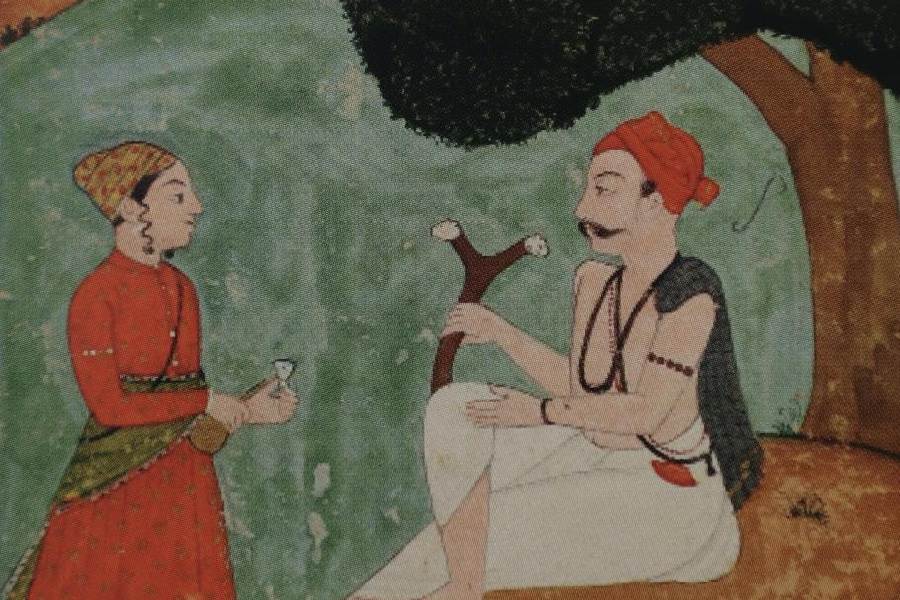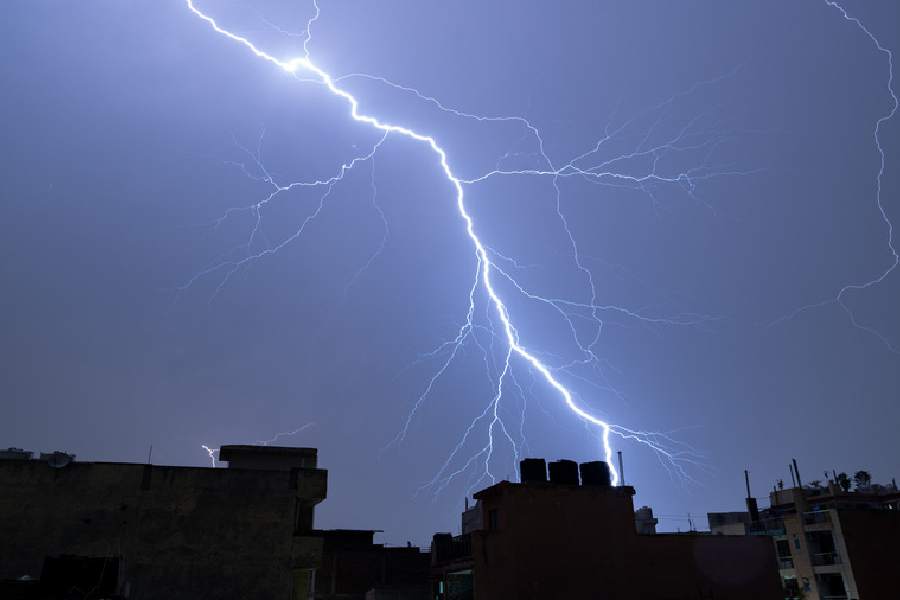Book: The Sufi's Nightingale
Author: Sarbpreet Singh
Published by: Speaking Tiger
Price: Rs 499
In his fictionalised biography of the Sufi poet, Shah Hussain, Sarbpreet Singh transports his readers to the lanes and the by-lanes of 16th-century Lahore, wonderfully re-creating a lost world of mysticism, love, music and poetry. As a Malamati — convinced of his deep faith in a private relationship between man and god — Shah Hussain had opted for an unworldly lifestyle of self-blame that would earn him rebuff, denunciation and abuse in his spiritual quest of self-abnegation. Belonging to the weaver community of a poor mohalla called Tilla Bagha in Lahore, Shah Hussain was trained as an alim but he was drawn towards the mystical path. Forsaken and often in conflict with the orthodox clergy, Shah Hussain led the most unusual group of Sufis in Lahore. Resplendent in red robes, the members sang and danced their way through the city streets conglomerating at their maikhana (chosen tavern) every evening.
Singh’s retelling of Shah Hussain’s life story is by and large hagiographical, bringing about an extraordinary fusion of history, miracles, epiphanic moments, divine revelations, iconoclasm, theological conflicts, social stigma, myths and legends. Shah Hussain’s meeting with Badshah Akbar and the references to the Sufi poet, Syed Ibrahim Khan, and to Guru Arjan, the fifth Sikh guru, underscore the historical validity of book. Singh narrates his tale through the alternating narrative perspectives of Maqbool and Shah Hussain, with occasional epistolary interventions in the latter part of the novel. The eponymic character of Maqbool is portrayed as being divinely endowed with a charming voice, melodiously transmuting his master’s poetic renderings into enduring lyricism.
At the very onset, Singh draws readers’ attention to the love-lorn state of Shah Hussain who is smitten by a 16-(or 17)-year-old Hindu Brahmin boy, Madho of Shahdara. The old man’s quest of love for the teenager initiates a chronicle of pain, humiliation, despair, scandal and numinous experiences culminating in a mystical triumph against the odds of life. The predictable initial resistance came from Madho’s parents. Upon learning that their son had been spending his evenings in the company of the “infamous faqir Lal Hussain”, Madho’s parents forbade him from leaving residence. But such measures failed to deter the indefatigable quest of Lal Hussain. Events, however, take an ominous turn. Madho’s father hatches a plot to assassinate Lal Hussain with the assistance of Amba, “the most celebrated courtesan of Lahore.” Ultimately, a rare epiphanic moment at Haridwar transforms Madho’s father’s hostility. Sheikh Madho embraced Islam in 1593, thereafter being raised as his spiritual master’s vicegerent.
The fluidity of Singh’s treatment of gender issues that makes for an absorbing study. One apt instance in this regard lies in the character of the narrator, Maqbool / Maqboola: “I am Maqboola, Lal Hussain’s beloved daughter. His nightingale. The one who gave him the gift of the ballad of Heer… I am also Maqbool. Lal Hussain’s jealous and bitter mureed who is being eaten away by the favour that he shows the Brahmin boy (Madho).”
Singh’s novel is bound to stand apart as a brilliant work of historical fiction — an extraordinary effort that makes a reader relive history while simultaneously undertaking a spiritual journey of love in its purest form. A sceptical, contemporary reader may struggle to comprehend the complex nature of Shah Hussain’s relationship with Madho Lal. But what will strike a chord is their unwavering commitment to each other. Madho continued to venerate his master till the end of his life — initially staying close to his grave in Shahdara and, subsequently, in Baghbanpura, before being united in the mausoleum called darbar: a perfect embodiment of two souls living as one.










